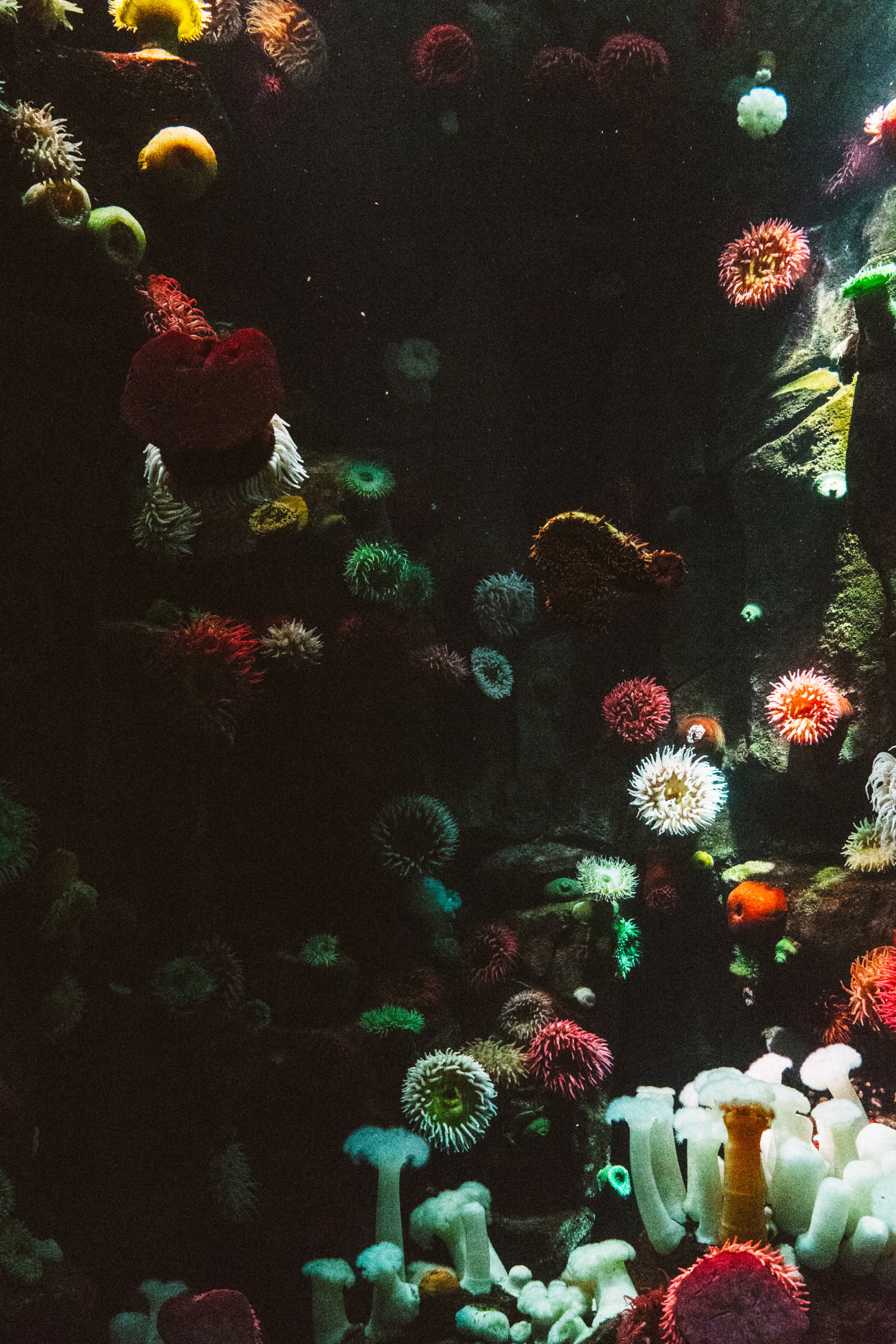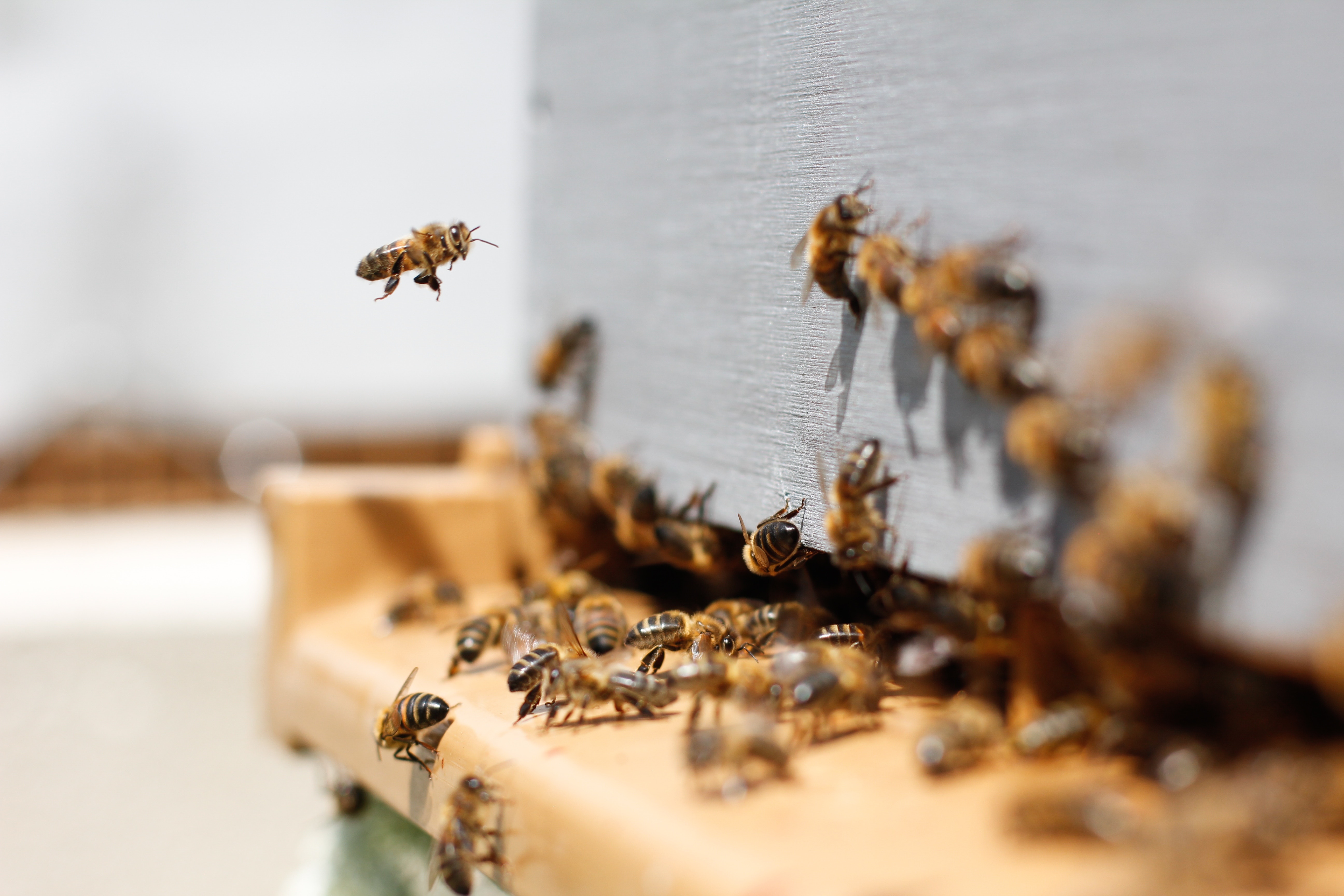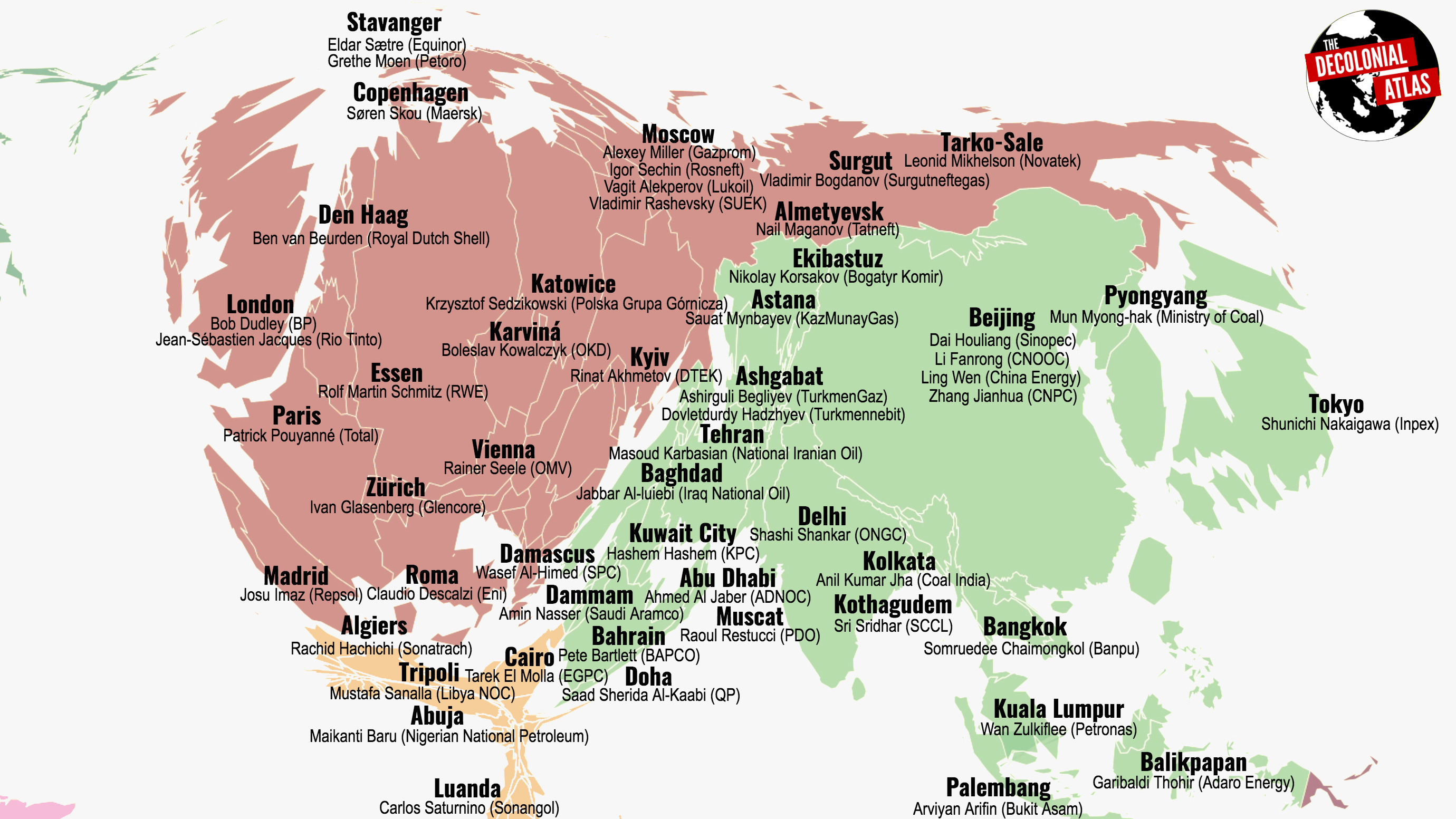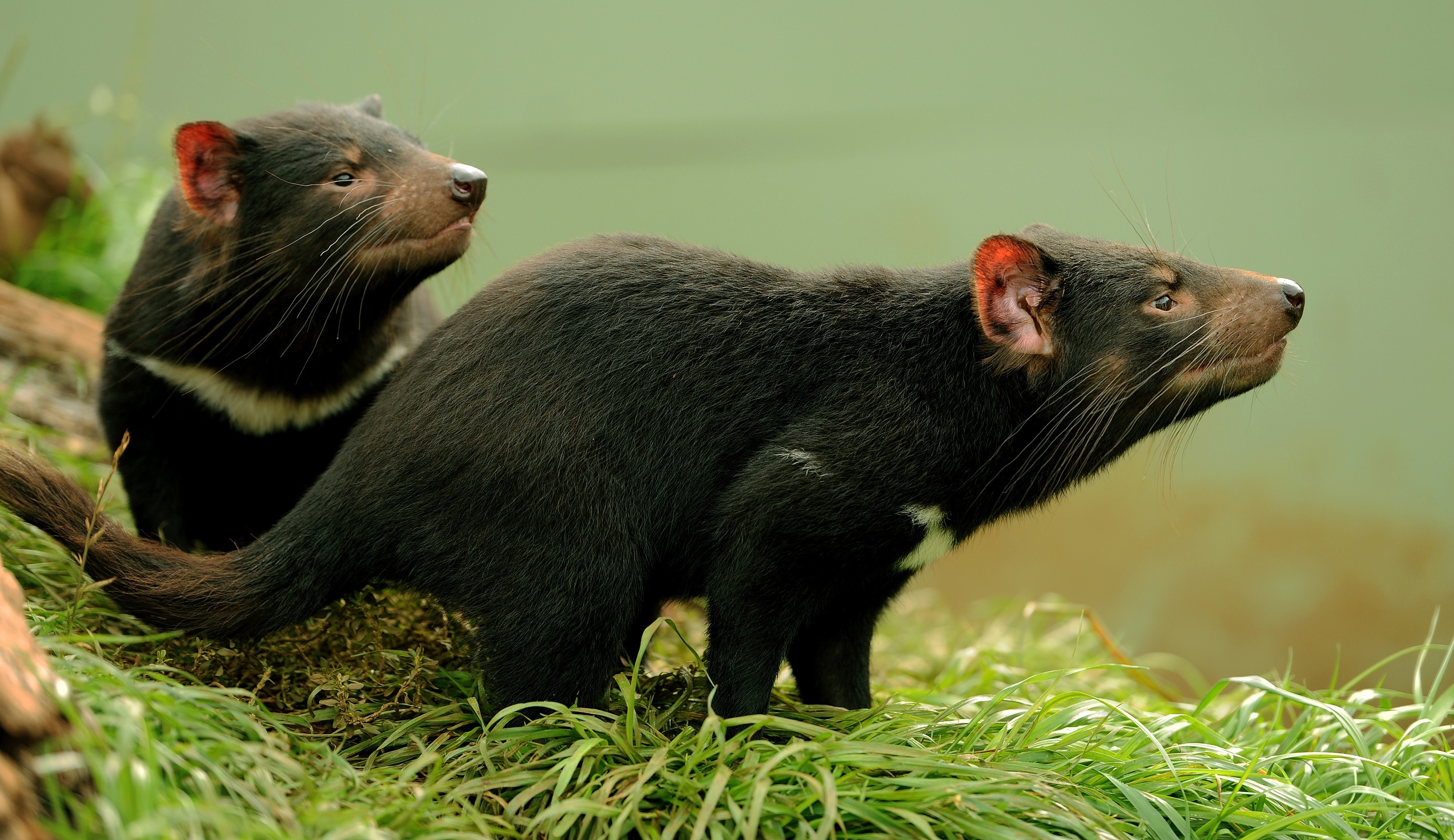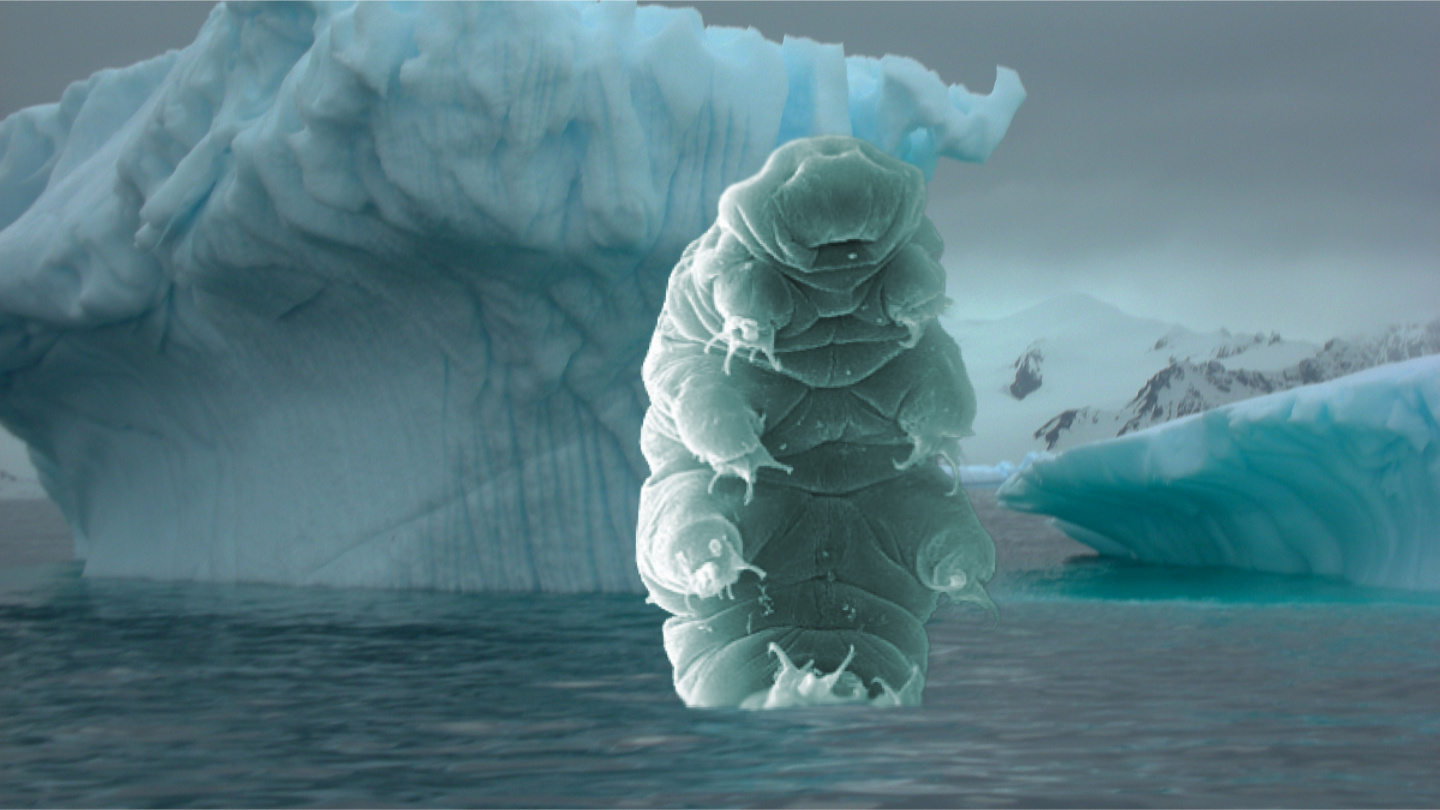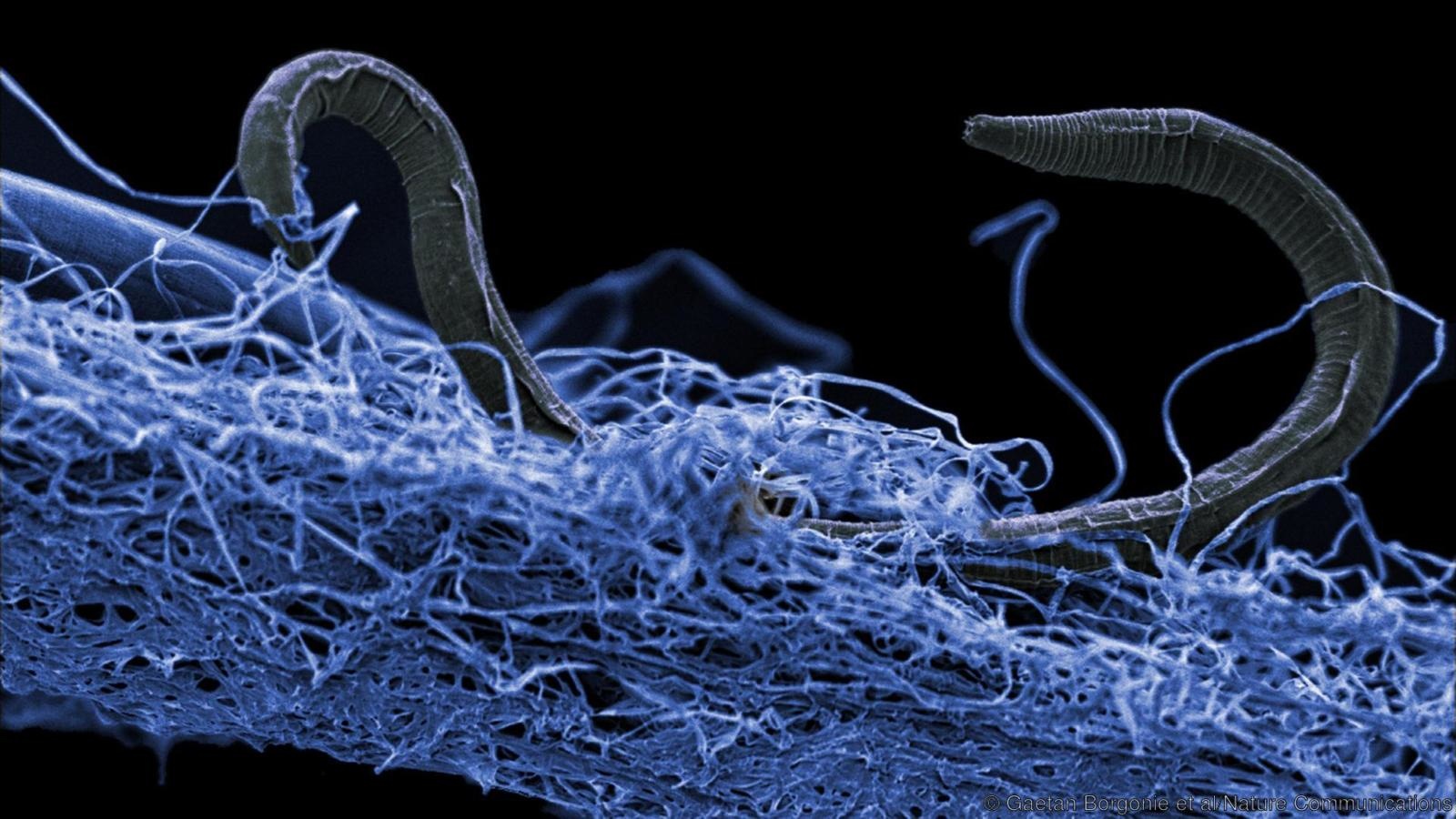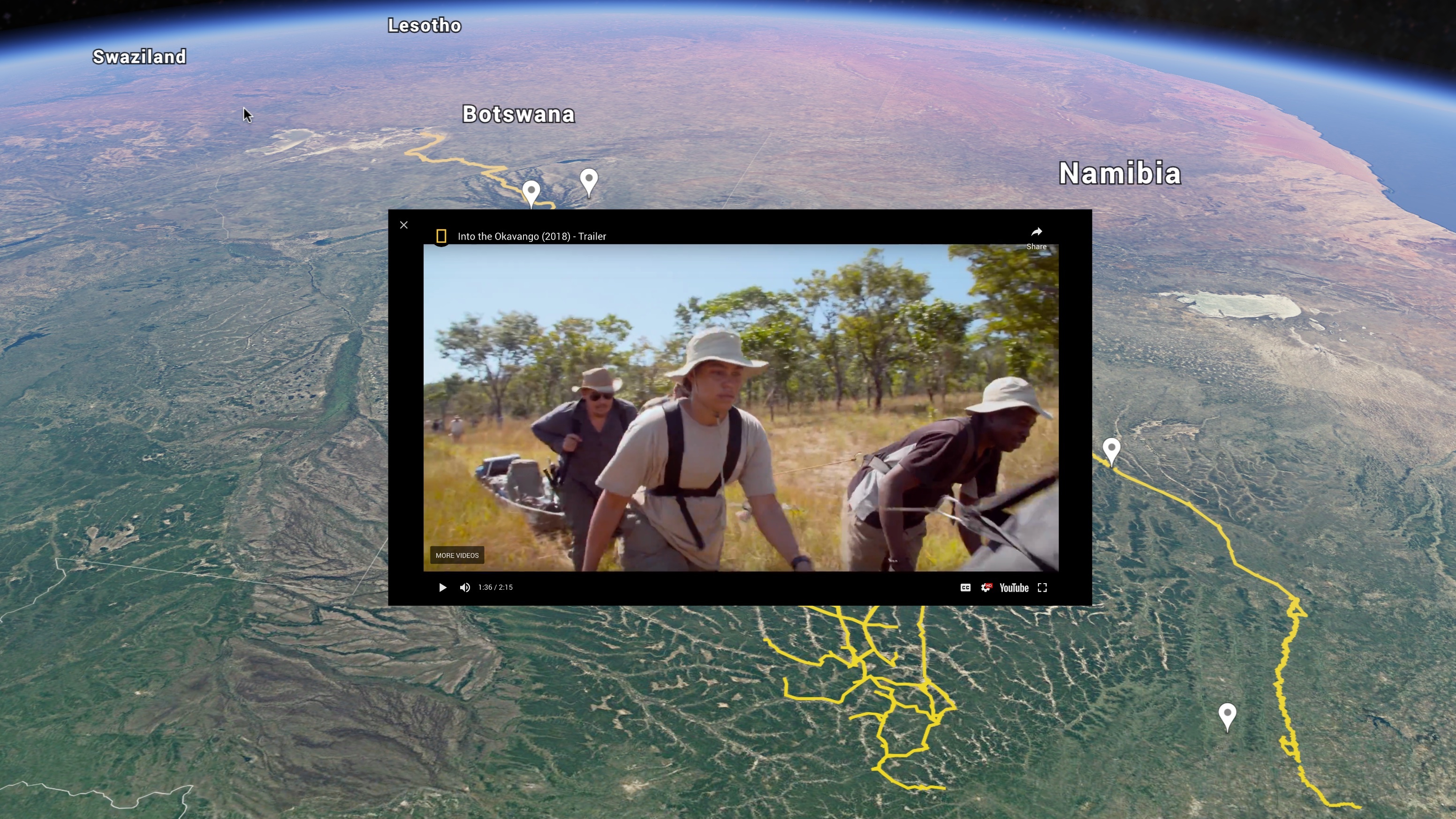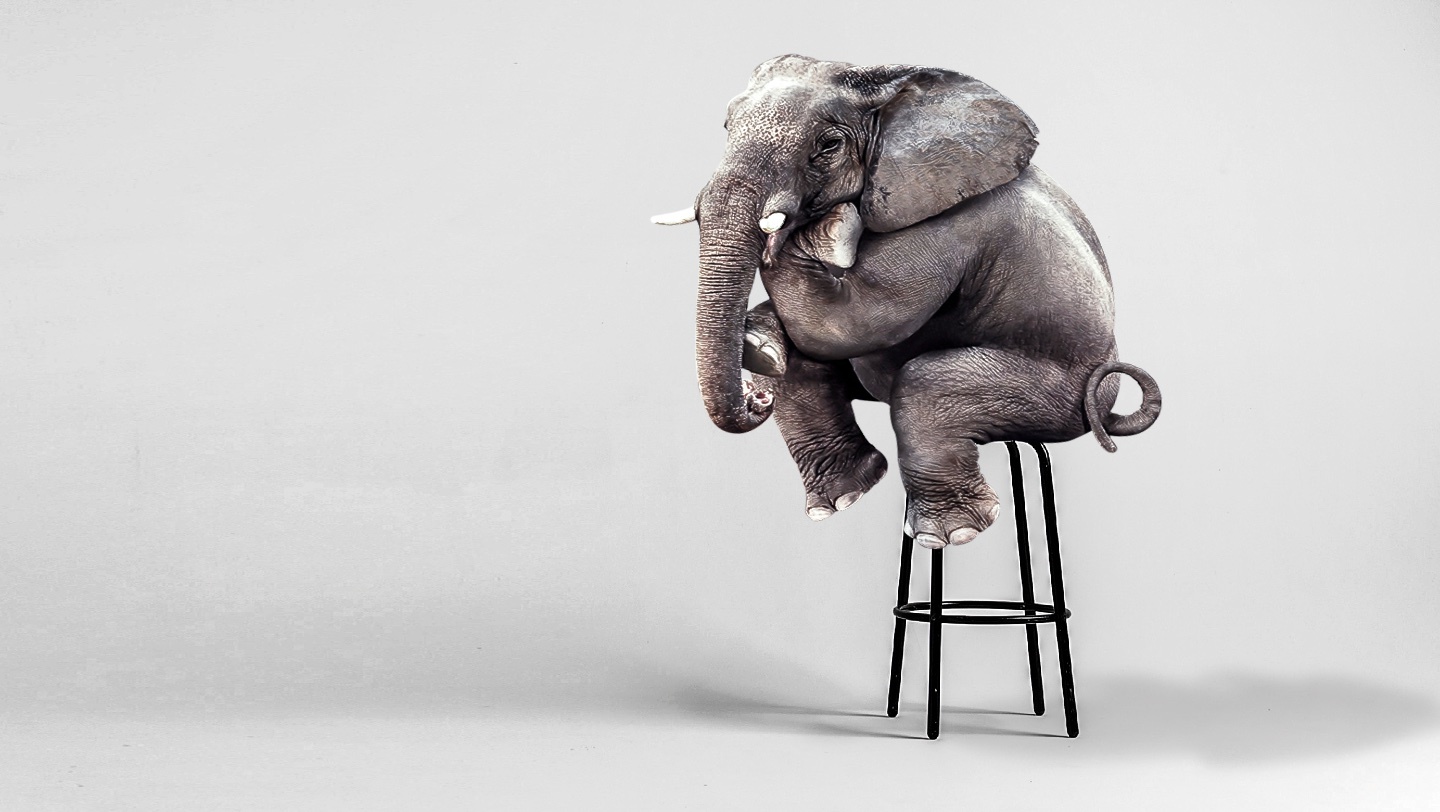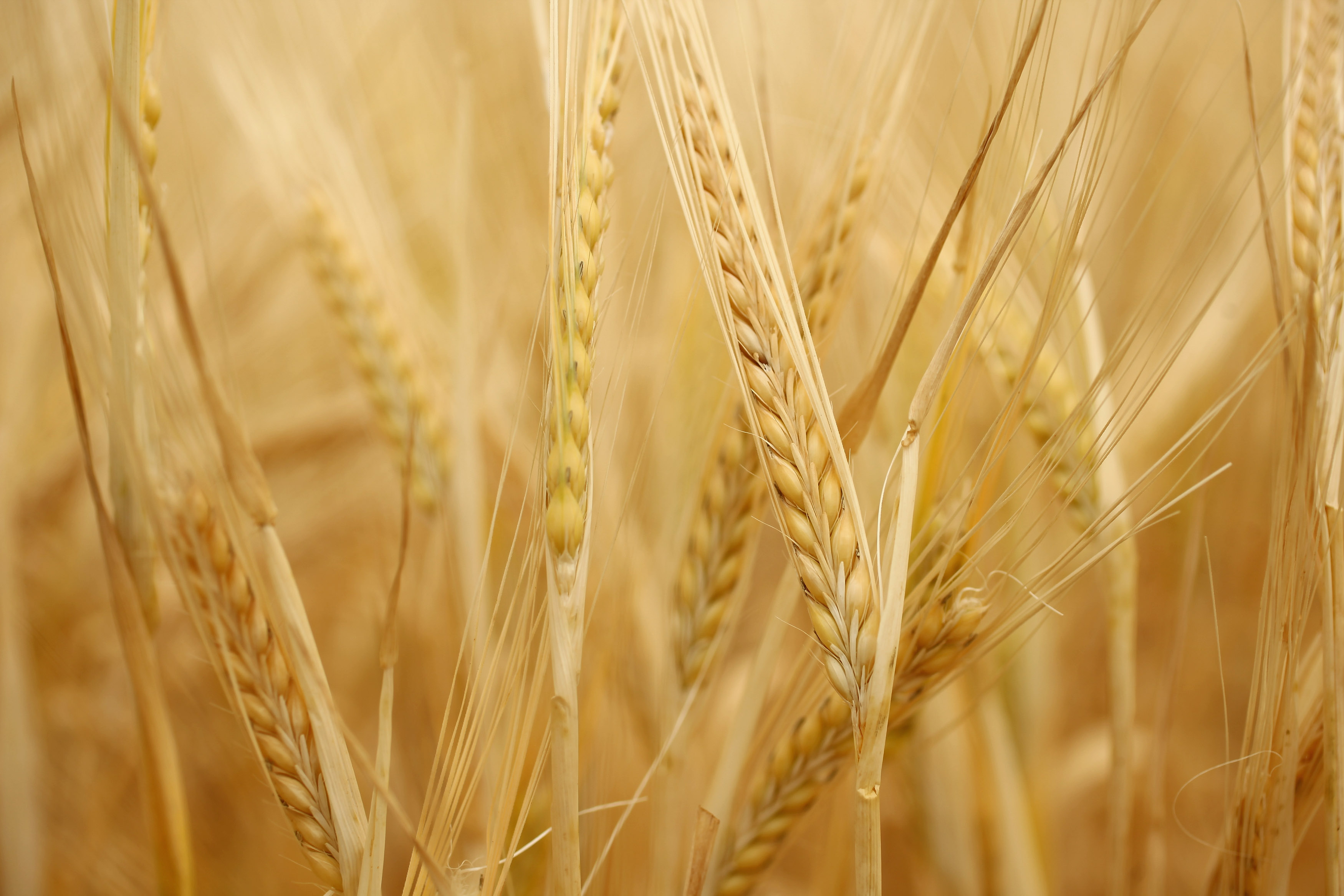biodiversity
New research reveals a major shift in what pressures life used to face.
Here are just two of the practical and philosophical crises surrounding biodiversity breakdown.
▸
3 min
—
with
2018’s winter was particularly harsh on U.S. honeybees. What’s causing bee populations to plummet, and what can we do about it?
Controversial map names CEOs of 100 companies producing 71 percent of the world’s greenhouse gas emissions.
One often-neglected result of climate change is ocean acidification. If this process continues, we may start to see fewer fish and more jellyfish.
Devil facial tumor disease, or DFTD, has cut the Tasmanian devil population by 90 percent. Now, some devils have evolved to resist the virulent cancer.
Climate-driven changes in phytoplankton communities will intensify the blue and green regions of the world’s oceans.
A completely unexpected discovery beneath the ice.
White-nose syndrome is nearly as lethal to bats as the Black Plague was for humans.
Researchers find an amazing amount of often-weird forms of life below the planet’s surface.
A new paper in Nature adds urgency to the fight against climate change.
They’re creating an unprecedented map of Earth to help government leaders make better decisions in regard to climate change.
She’s not held back by other animals’ numeracy limitations.
Maybe the only chance they have to tell their story before they’re gone.
We’re more dependent on them than we realize.
A cataclysmic event in our past may have led to this situation.
Cheetahs and giraffes have been placed on the conservation “red list” due to collapsing populations.
